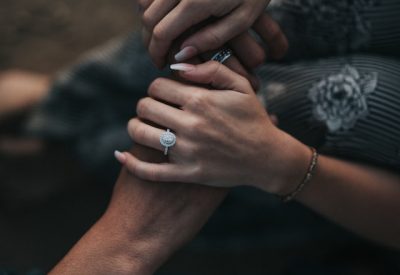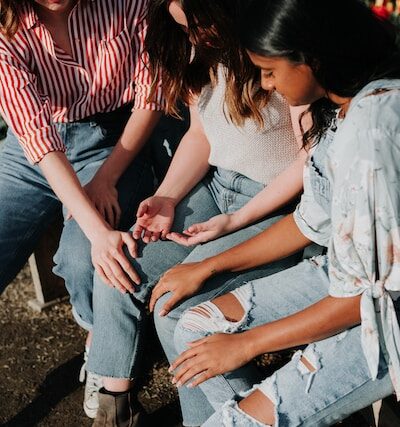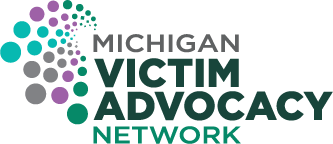Serving Survivors of Homicide
“1 in 10 Americans will lose a loved one to homicide during their lifetime” (Center for Victim Research, 2018). That equates to over 33 million Americans. That is a staggering number of survivors of homicide. When homicide occurs, it is expected that law enforcement and then the justice system will hold offenders accountable. Where does that leave those 33 million survivors who are still grieving? What do we say to them? How can we offer support as advocates?
This month, we created a complication resources and trainings that provide insight into supporting survivors of homicide. As always, please don’t hesitate to contact us if you’re looking for more!

Speaking with Survivors of Homicide
Survivors of Homicide, Inc.
Often, we don’t know what to say or how to interact with survivors in order to be helpful. This is a tip-sheet for advocates and others when talking with survivors of homicide. It provides helpful statements and examples of often-used statements that can be discounting and should be avoided with explanations as to why.

Virtual Conversation with the Field: Developing Advocacy Responses to MMIW
May 2021
National Indigenous Women’s Resource Center (NIWRC)
This community discussion talks about prevention of MMIW with suggestions such as healing historical trauma, addressing violence, recentering and educating around healthy relationships, and building communication between law enforcement and Native peoples.

Suggestions for Survivors of Murder
Survivors of Homicide, Inc.
This tip-sheet is meant to be shared with survivors of murder. It validates and normalizes what a survivor may be feeling, tries to break down stereotypes of grief and healing, and offers gentle suggestions for taking care of themselves.

Sibling Grief
Survivors of Homicide, Inc.
This tip-sheet talks specifically about someone who loses their sibling through homicide and the grief that can accompany the loss of that unique bond. It talks about symptoms of grief, gives suggestions for parents on how to support their surviving children, points out actions that may not be helpful.

Research Brief: Homicide Co-Victimization
2018
Center for Victim Research
This factsheet gives an overview of homicide co-victimization, what harm is experienced by survivors, talks about the limited services available, and talks about what else is needed to help the field grow.

COORDINATED TRAUMA SUPPORT SERVICES – COLLABORATION TO SUPPORT SURVIVORS OF HOMICIDE AND OTHER TRAUMATIC LOSSES
May 2021
Office for Victims of Crime Training and Technical Assistance (OVC TTAC)
This Q&A webinar talks with law enforcement, advocate, and community experts about topics ranging from special considerations when making death notifications, community and media involvement, involvement of victim advocates, and more.

Victim Impact Statements
Victim Support Services
This webpage overviews victim impact statements, provides suggestions on what to include – such as the impact the crime has had on your life – and what to avoid, and it provides examples.

Characteristics and Trends of Youth Victims of Suicide and Homicide, 2020
April 2022
Office of Juvenile Justice and Delinquency Prevention (OJJDP)
This one-page fact sheet looks at the homicide and suicide rates for youth between 10-17 years old. It shows that males are more than twice as likely to commit suicide than females, that suicide rate was greater than the homicide rate for all races and gender except for Black youth, and more.

